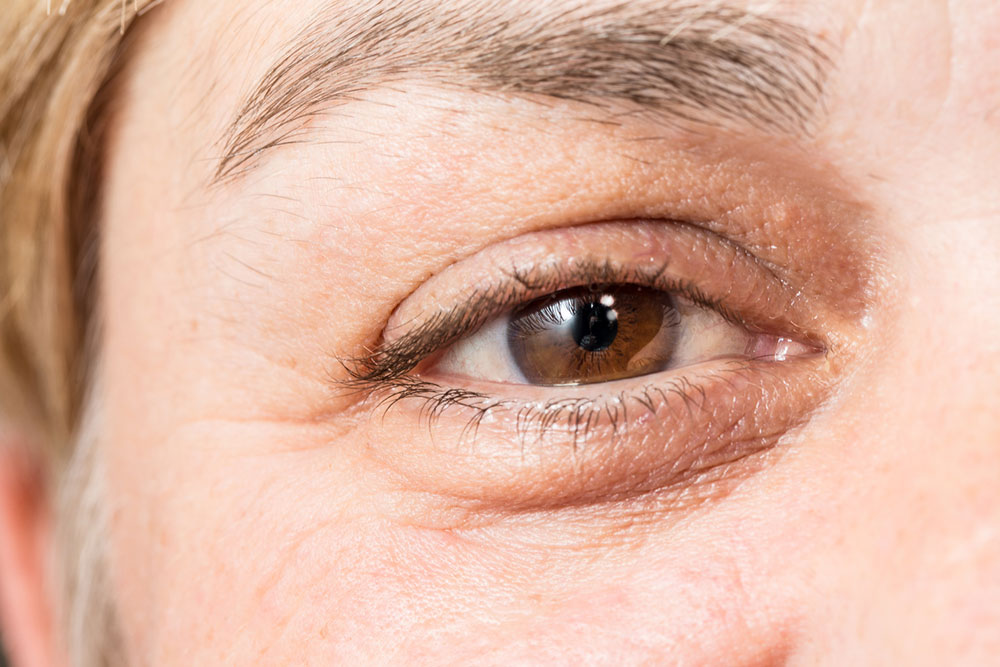
4 signs of weak immunity and ways to bolster it against respiratory viruses
In today’s world, where respiratory viruses like the flu and common cold pose significant health risks, having a robust immune system is more critical than ever. The immune system is the body’s natural defense against pathogens, including viruses. However, a lot of factors can weaken it, making one more susceptible to illnesses. Here are a few common signs of weak immunity and helpful ways to strengthen it against severe respiratory viruses. Sign 1: Frequent infections One of the most apparent signs of a weak immune system is the tendency to contract infections frequently. If one falls ill with respiratory infections multiple times a year, it may indicate their immune system is not functioning optimally. Sign 2: Prolonged recovery If it takes one longer to recover from respiratory infections, it may indicate a weakened immune system. A robust immune system should be able to mount a swift response to viruses and help patients recover quickly. Sign 3: Recurrent respiratory allergies Recurrent allergies and allergic reactions can weaken the immune system’s ability to defend against respiratory viruses. This is because allergies can inflame and irritate the respiratory tract, making it easier for viruses to invade. Sign 4: Chronic fatigue Chronic fatigue can be a symptom of an overworked or compromised immune system.
Read More 










